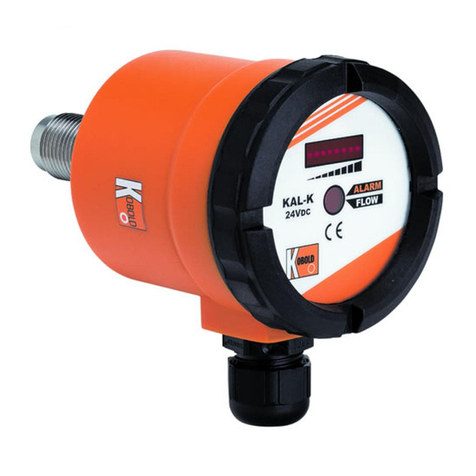Kobold KAL-D User manual
Other Kobold Measuring Instrument manuals

Kobold
Kobold DUC-ZUWD User manual

Kobold
Kobold MIK User manual
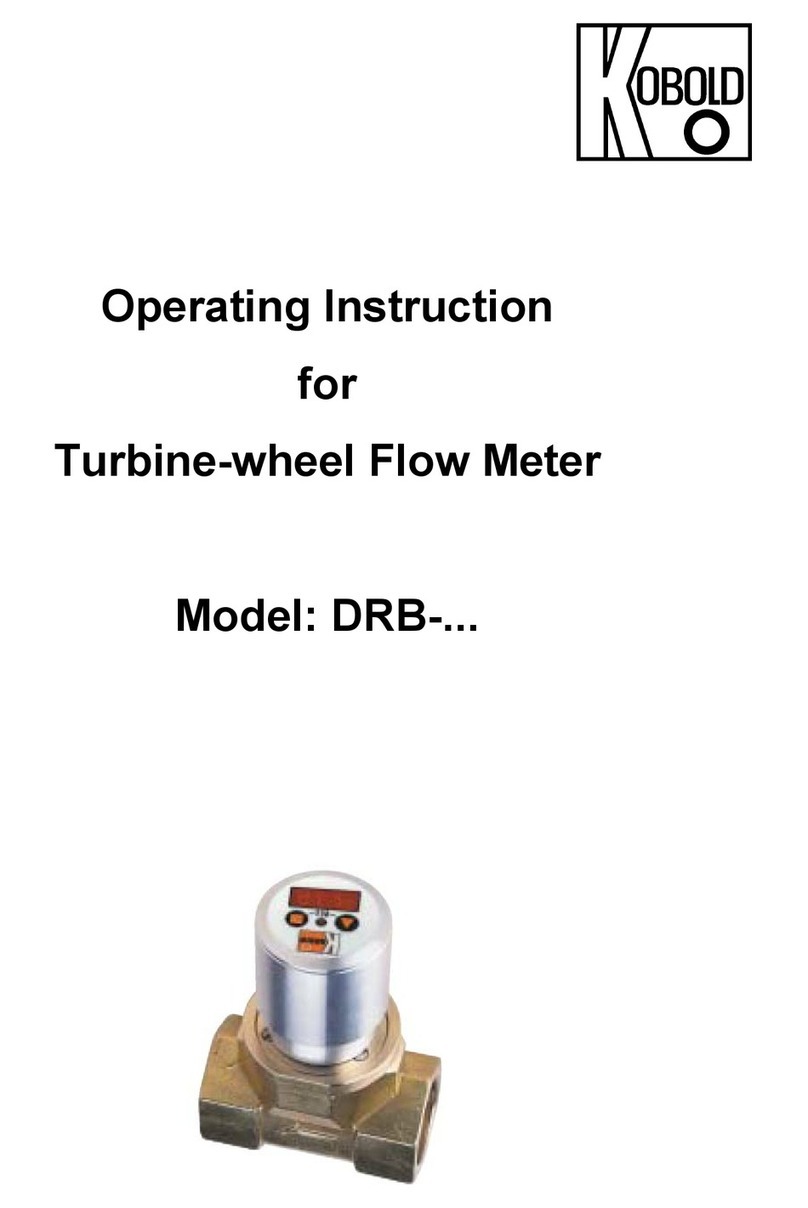
Kobold
Kobold DRB Series User manual

Kobold
Kobold MIM-12*****C3T0 Series User manual
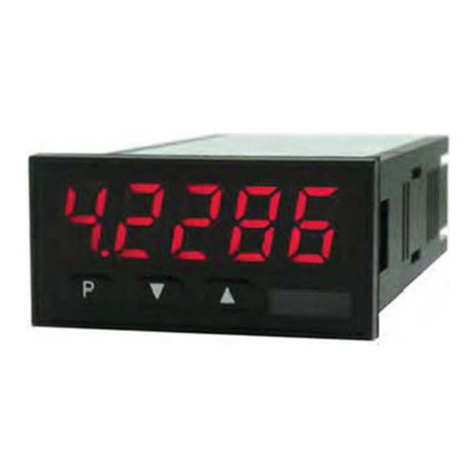
Kobold
Kobold DAG-M1V Series User manual

Kobold
Kobold HND-F205 User manual

Kobold
Kobold PUM User manual
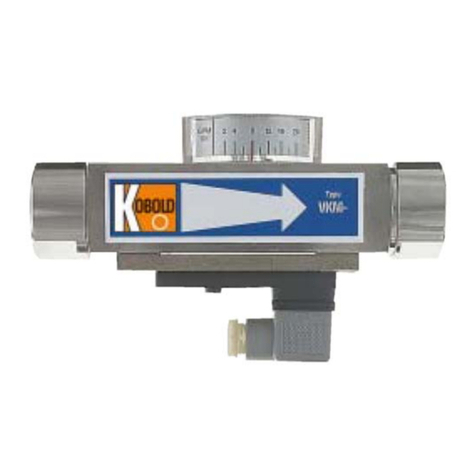
Kobold
Kobold VKM User manual

Kobold
Kobold DRS Series User manual

Kobold
Kobold HND-P105 User manual

Kobold
Kobold KSK User manual
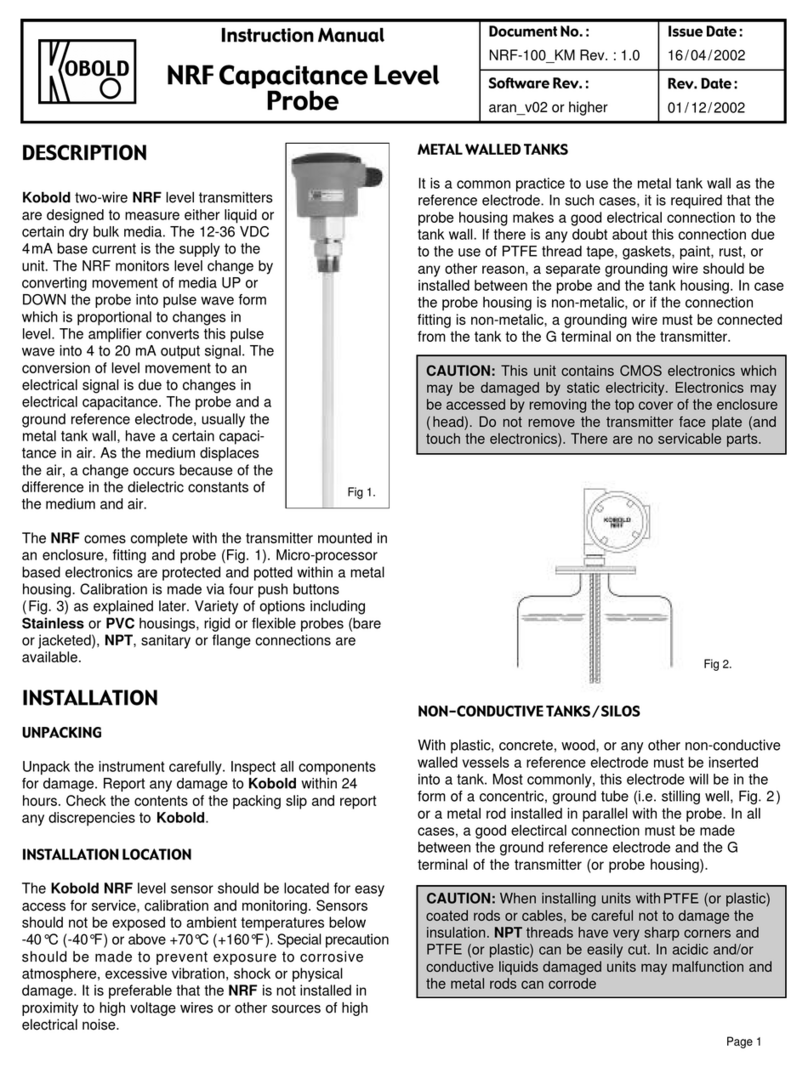
Kobold
Kobold NRF User manual

Kobold
Kobold DRB Series User manual

Kobold
Kobold HEINRICH DWF-S User manual
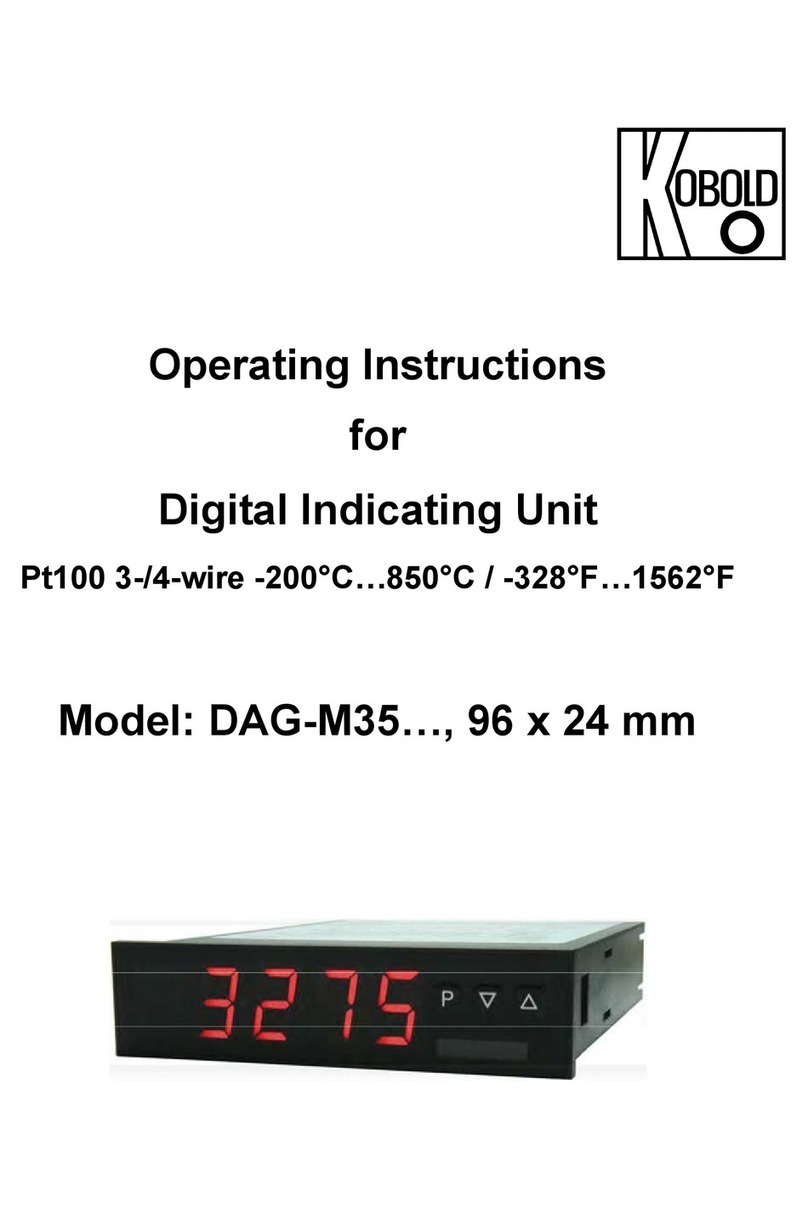
Kobold
Kobold DAG-M35 Series User manual
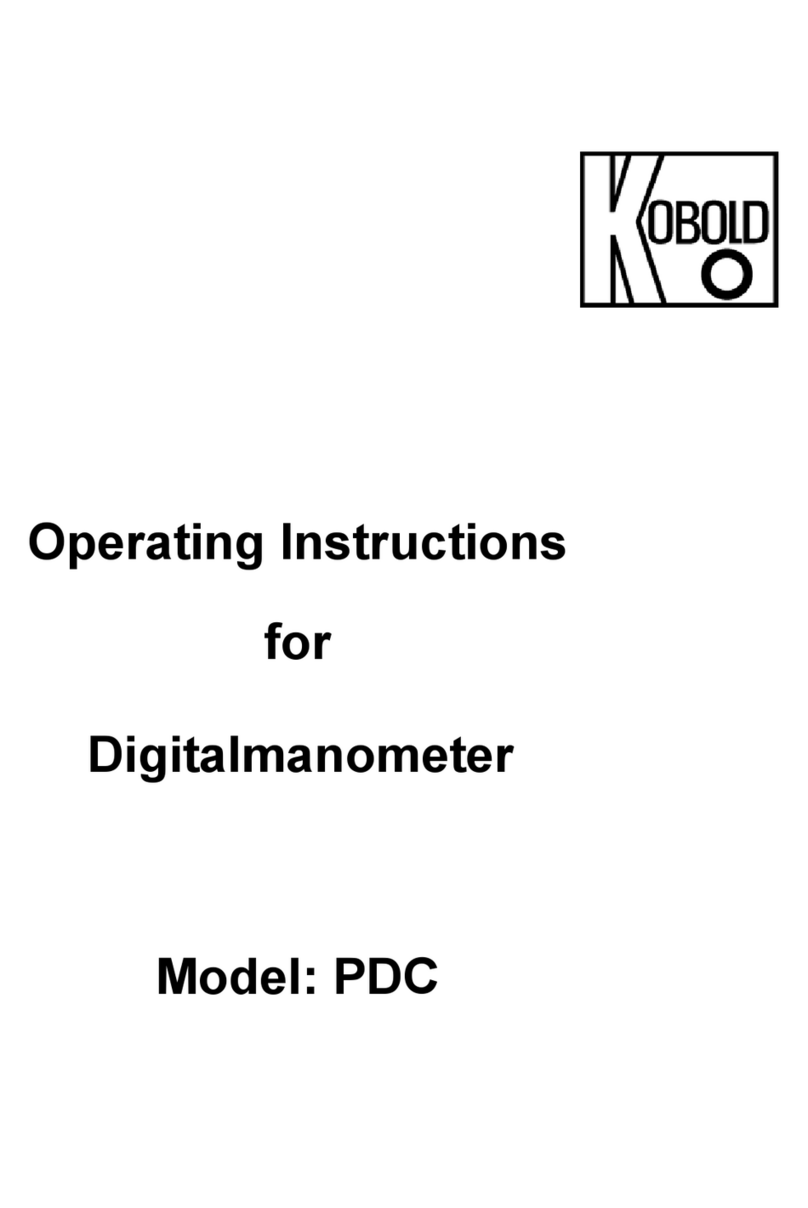
Kobold
Kobold PDC User manual
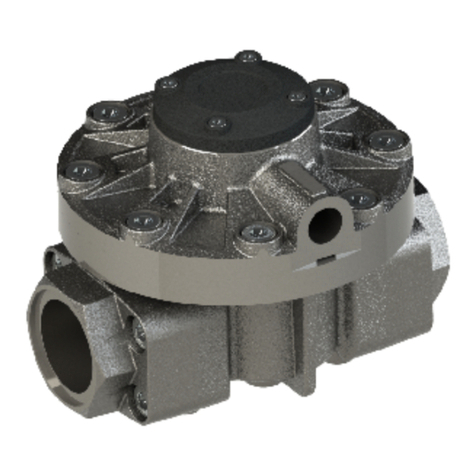
Kobold
Kobold DON Series User manual
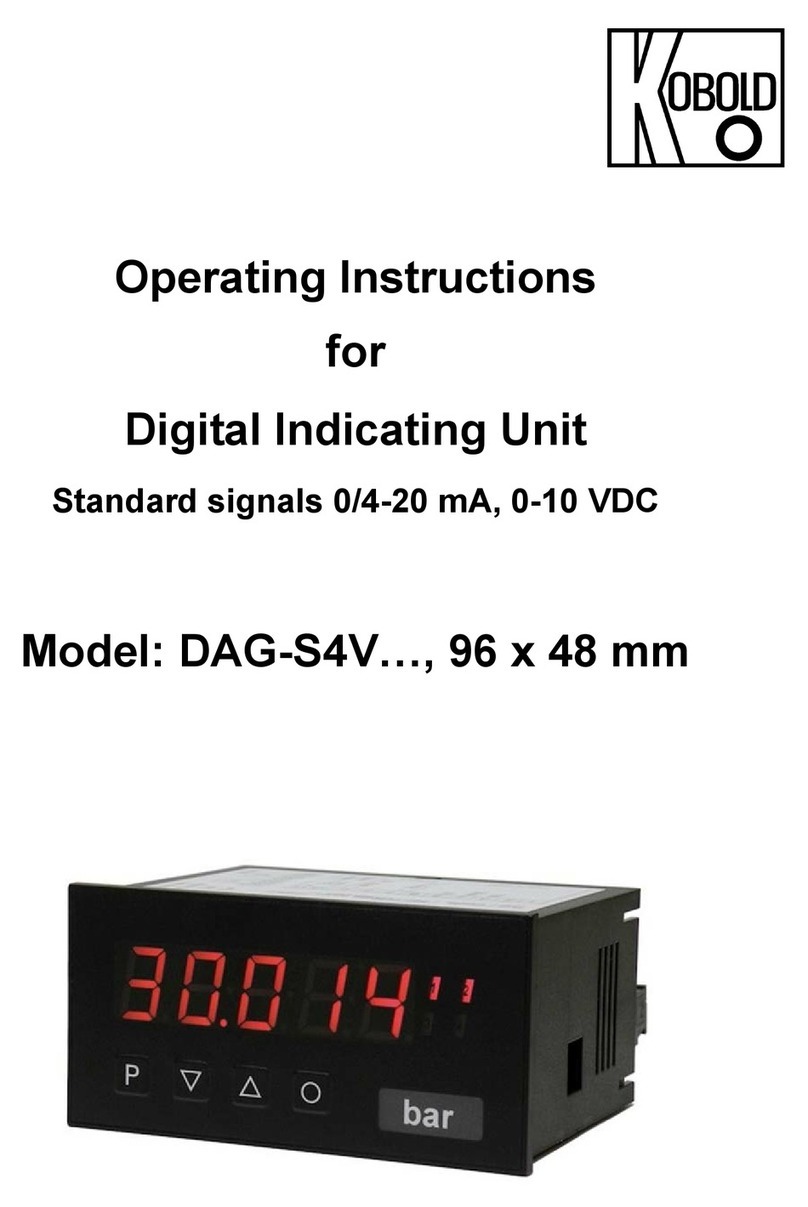
Kobold
Kobold DAG-S4V Series User manual
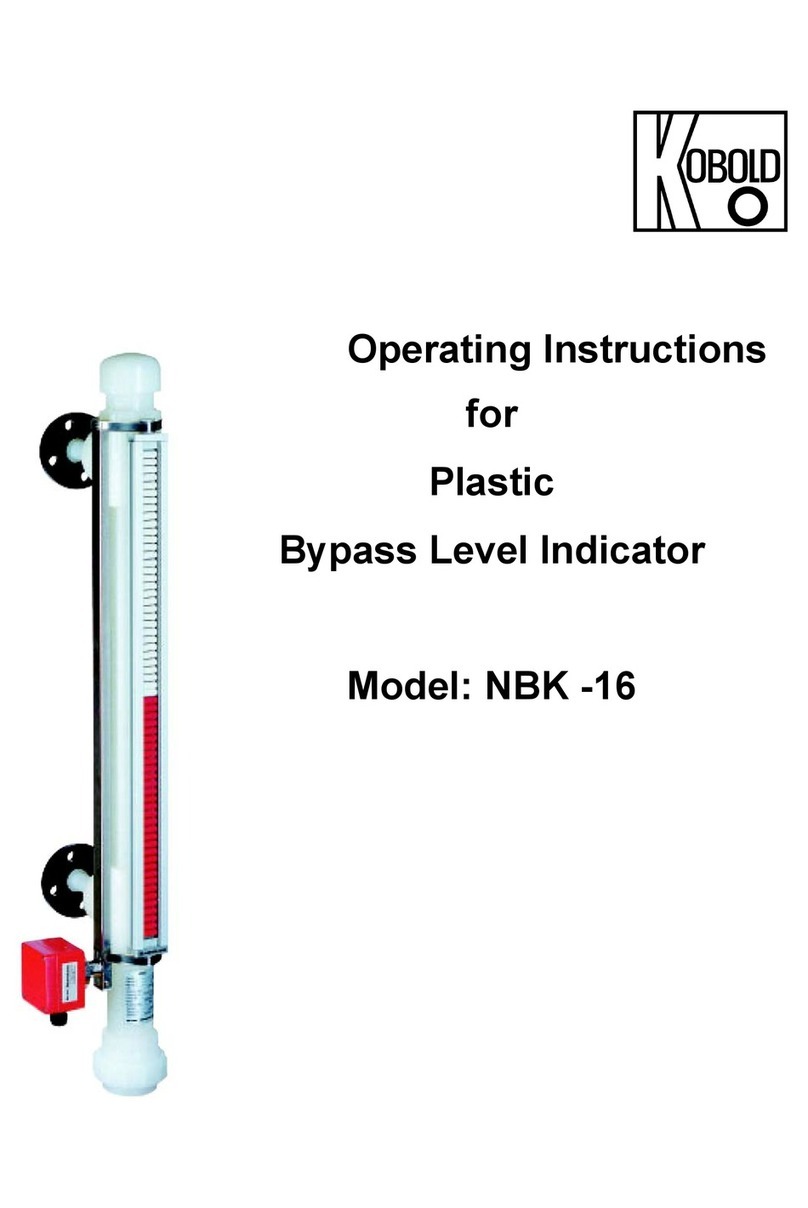
Kobold
Kobold NBK-16 User manual

Kobold
Kobold MAN-D Series User manual
Popular Measuring Instrument manuals by other brands

Powerfix Profi
Powerfix Profi 278296 Operation and safety notes

Test Equipment Depot
Test Equipment Depot GVT-427B user manual

Fieldpiece
Fieldpiece ACH Operator's manual

FLYSURFER
FLYSURFER VIRON3 user manual

GMW
GMW TG uni 1 operating manual

Downeaster
Downeaster Wind & Weather Medallion Series instruction manual

Hanna Instruments
Hanna Instruments HI96725C instruction manual

Nokeval
Nokeval KMR260 quick guide

HOKUYO AUTOMATIC
HOKUYO AUTOMATIC UBG-05LN instruction manual

Fluke
Fluke 96000 Series Operator's manual

Test Products International
Test Products International SP565 user manual

General Sleep
General Sleep Zmachine Insight+ DT-200 Service manual
